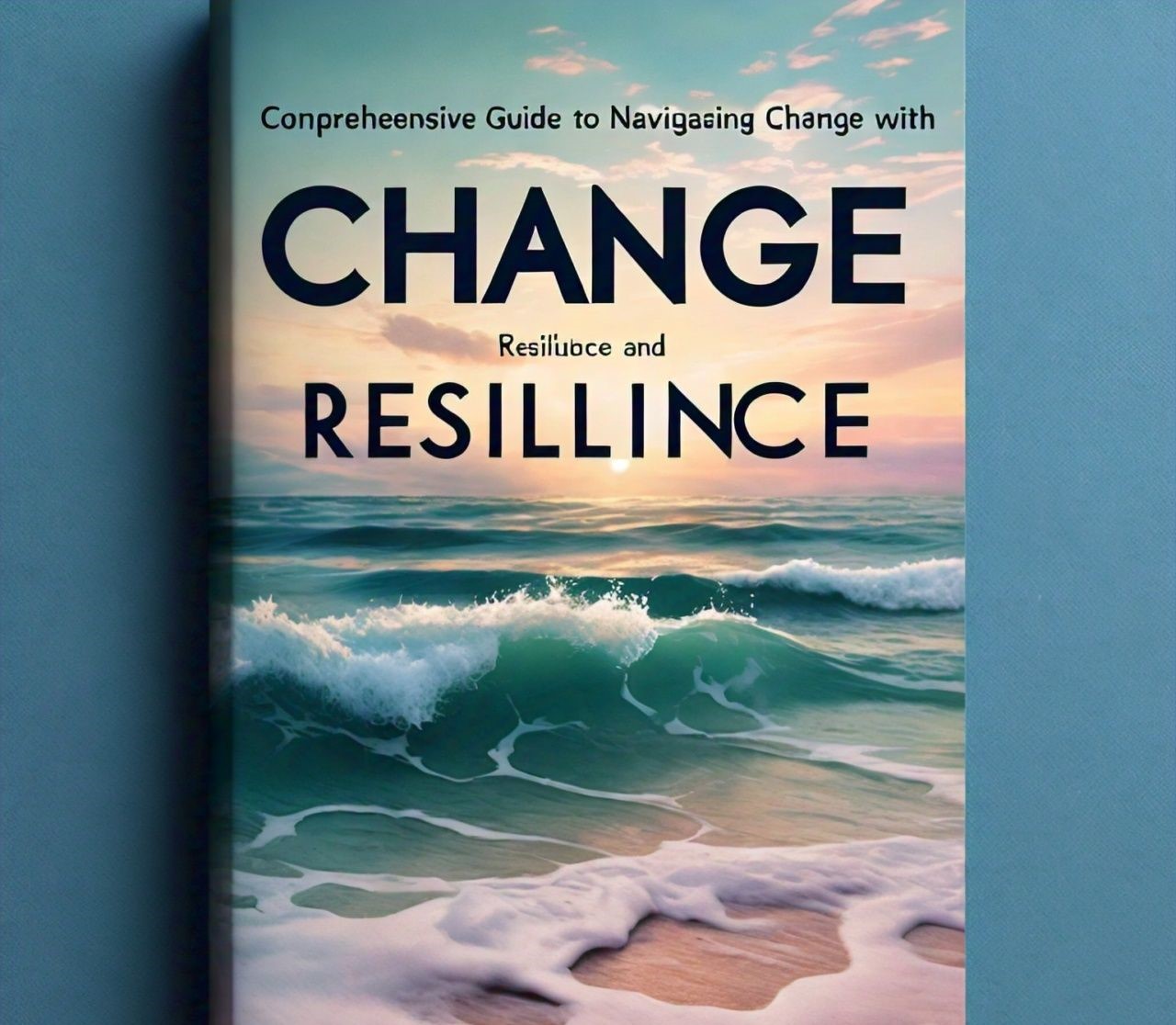Practical Strategies for Incorporating Eco-Friendly Habits into Daily Life
Lifestyle shows the day-to-day behaviors, activities and habits that define how individuals live their lives. It includes various aspects such as health and wellness routines, dietary choices, physical activities, social interactions, work-life balance and leisure chases. A positive lifestyle often reflects a balanced approach to physical, mental and emotional well-being promoting overall happiness and satisfaction.
Incorporating Eco-Friendly Habits into Daily Life
In today’s world, adopting eco-friendly habits is more important than ever. The health of our planet is at risk due to pollution, deforestation and climate change. As individuals, we have the power to make a significant impact by incorporating sustainable practices into our daily routines. This article will explore various ways to live sustainably offering practical tips and insights for a greener lifestyle.
Understanding Eco-Friendly Living
Eco-friendly living also known as sustainable living which involves making choices that reduce our environmental footprint. It encompasses everything from the food we eat to the energy we consume. The goal is to minimize waste, conserve resources and promote a healthy environment for future generations. By implementing small, everyday changes we can collectively make a big difference.
Reducing Energy Consumption
One of the most effective ways to live more sustainably is by reducing energy consumption. Here are some strategies to help you achieve this:
Switch to Renewable Energy
Consider switching to renewable energy sources such as solar or wind power. Many utility companies now offer renewable energy options allowing you to reduce your carbon footprint without significantly changing your daily habits.
Energy-Efficient Appliances
Invest in energy-efficient appliances that use less electricity and water. Look for products with the ENERGY STAR label which indicates they meet strict efficiency guidelines set by the U.S. Environmental Protection Agency.
Smart Thermostats
Install a smart thermostat to better control your home’s heating and cooling systems. These devices learn your schedule and adjust temperatures automatically helping you save energy and reduce costs.
Unplug Electronics
Unplug electronic devices when they are not in use. Many electronics draw power even when turned off a phenomenon known as “phantom load.” Using power strips can make it easier to disconnect multiple devices at once.
Sustainable Transportation
Transportation is a significant contributor to greenhouse gas emissions. Adopting more sustainable transportation methods can greatly reduce your carbon footprint.
Public Transportation and Carpooling
Use public transportation or carpool whenever possible. Buses, trains and carpooling reduce the number of vehicles on the road and leading to lower emissions as well as less traffic congestion.
Biking and Walking
Biking and walking are excellent alternatives for short trips. Not only do these modes of transportation produce zero emissions but they also provide health benefits through physical activity.
Electric and Hybrid Vehicles
If you need a car consider investing in an electric or hybrid vehicle. These cars emit fewer pollutants than traditional gasoline-powered vehicles and are becoming more affordable and accessible.
Waste Reduction
Reducing waste is a cornerstone of sustainable living. By minimizing the amount of waste we can lessen our impact on landfills and the environment.
Recycling and Composting
Recycle materials such as paper, plastic, glass and metal. Composting organic waste like food scraps and yard trimmings creates nutrient-rich soil and reduces landfill waste.
Reusable Products
Replace single-use items with reusable alternatives. Use cloth bags instead of plastic ones, carry a reusable water bottle and opt for washable containers over disposable ones.
Mindful Consumption
Be mindful of your consumption habits. Avoid overbuying and choose products with minimal packaging. Support companies that prioritize sustainability and ethical practices.
Sustainable Food Choices
The food we eat has a significant impact on the environment. Making sustainable food choices can help reduce our ecological footprint.
Plant-Based Diet
Incorporate more plant-based meals into your diet. Producing plant-based foods generally requires less water and land and emits fewer greenhouse gases compared to animal-based products.
Local and Seasonal Foods
Buy local and seasonal foods to support local farmers and reduce the carbon footprint associated with transporting food over long distances. Farmers markets and community-supported agriculture (CSA) programs are great places to find fresh and local produce.
Reduce Food Waste
Plan meals and shop with a list to avoid overbuying. Store food properly to extend its shelf life and get creative with leftovers to minimize waste.
Water Conservation
Water is a precious resource and conserving it is essential for sustainable living. Here are some simple ways to reduce water usage:
Fix Leaks
Fix any leaks in your home promptly. Even small drips can waste a significant amount of water over time.
Low-Flow Fixtures
Install low-flow faucets, showerheads and toilets to reduce water consumption without sacrificing performance.
Water-Efficient Landscaping
Choose native plants and drought-resistant landscaping to minimize the need for watering. Collect rainwater for irrigation and use mulch to retain moisture in the soil.
Eco-Friendly Cleaning Products
Many conventional cleaning products contain harmful chemicals that can pollute the environment and affect our health. Switching to eco-friendly cleaning products is a safer and more sustainable option.
Natural Ingredients
Look for cleaning products made from natural ingredients like vinegar, baking soda and citrus. These substances are effective cleaners and are less harmful than their chemical counterparts.
DIY Cleaning Solutions
Make your own cleaning solutions using simple household ingredients. For example, a mixture of vinegar and water can clean windows and surfaces while baking soda works well for scrubbing.
Green Certifications
Choose products with green certifications such as Green Seal or ECOLOGO which indicate that they meet environmental and health standards.
Sustainable Fashion
The fashion industry is a major contributor to environmental degradation. Adopting sustainable fashion practices can help reduce this impact.
Quality Over Quantity
Invest in high-quality clothing that lasts longer rather than cheap fast-fashion items that quickly wear out. Fewer, better-made clothes can reduce waste and save money in the long run.
Secondhand Shopping
Shop at thrift stores, consignment shops and online platforms for secondhand clothing. This extends the life of garments and reduces the demand for new production.
Ethical Brands
Support brands that prioritize sustainability and ethical practices. Look for companies that use organic materials, fair labor practices and environmentally-friendly production methods.
Promoting Eco-Friendly Habits in the Community
Incorporating eco-friendly habits into daily life extends beyond individual actions. Encouraging and educating others can amplify the impact.
Community Programs
Participate in or organize community programs focused on sustainability. This could include neighborhood clean-ups, tree planting events or educational workshops.
Advocacy
Advocate for policies that promote sustainability at the local, state and national levels. Support initiatives that aim to reduce pollution, protect natural resources and promote renewable energy.
Education
Educate friends, family and colleagues about the importance of eco-friendly habits. Share tips and resources to help others make sustainable choices.
Conclusion
Incorporating eco-friendly habits into daily life is essential for preserving our planet for future generations. By making conscious choices about energy consumption, transportation, waste management, food, water conservation, cleaning products and fashion we can significantly reduce our environmental impact. Additionally, promoting sustainability within our communities can create a ripple effect and inspiring others to adopt greener lifestyles. Remember, every small action counts and together we can make a meaningful difference.

Micheal Clark, an expert in lifestyle, brings extensive expertise and experience to his writing. As a celebrated author, he offers readers insightful perspectives on living well, blending practical advice with engaging narratives that inspire and inform.



























